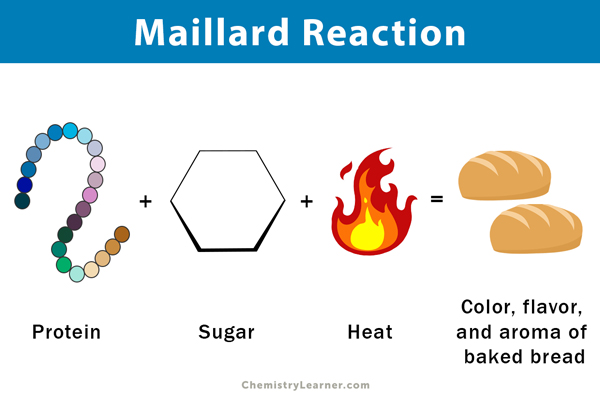
Understanding Flavor Chemistry: Exploring the Maillard Reaction
Unveiling the Science Behind Flavor
Have you ever wondered what makes your favorite grilled steak or freshly baked bread taste so delicious? The secret lies in a fascinating chemical reaction known as the Maillard reaction. This natural process occurs when heat interacts with amino acids and reducing sugars in food, resulting in the formation of a complex array of flavor compounds.
Delving into the Maillard Reaction
The Maillard reaction was first discovered by French chemist Louis-Camille Maillard in the early 20th century. Since then, scientists and chefs alike have been captivated by its transformative powers in the kitchen. This reaction is responsible for the rich flavors and aromas that develop when food is cooked at high temperatures, giving dishes their characteristic brown color and savory taste.
Understanding the Chemistry
At its core, the Maillard reaction is a complex series of chemical reactions between amino acids and reducing sugars. When these compounds are exposed to heat, they undergo a cascade of reactions that result in the formation of hundreds of different flavor compounds. These compounds contribute to the complex and nuanced flavors found in a wide range of cooked foods, from grilled meats to roasted vegetables.
Key Factors Influencing the Reaction
Several factors influence the Maillard reaction, including temperature, pH, and moisture content. Higher temperatures and alkaline conditions tend to accelerate the reaction, while acidic environments can slow it down. Additionally, the presence of water can help facilitate the reaction by providing a medium for the necessary chemical interactions to occur.
Impact on Flavor and Aroma
The Maillard reaction plays a crucial role in determining the flavor and aroma of cooked foods. The compounds produced during this reaction contribute to the characteristic savory, nutty, and caramelized flavors found in a variety of dishes. From the crust of freshly baked bread to the sear on a perfectly cooked steak, the Maillard reaction adds depth and complexity to culinary creations.
Versatility in Cooking
One of the most remarkable aspects of the Maillard reaction is its versatility in cooking. This reaction occurs in a wide range of foods, including meats, poultry, seafood, grains, and vegetables. Whether you’re grilling, roasting, sautéing, or baking, the Maillard reaction is at work, transforming raw ingredients into flavorful masterpieces.
Enhancing Visual Appeal
In addition to enhancing flavor, the Maillard reaction also plays a significant role in improving the visual appeal of cooked foods. The browning and caramelization that occur during this reaction create a desirable golden-brown crust on meats, a crispy exterior on bread and pastries, and a rich, caramelized surface on roasted vegetables.
Health Considerations
While the Maillard reaction is responsible for creating delicious flavors and aromas, it’s essential to consider the potential health implications of consuming foods cooked at high temperatures. Some research suggests that consuming foods cooked at high temperatures may lead to the formation of potentially harmful compounds, such as acrylamide and heterocyclic amines. However, more studies are needed to fully understand the impact of these compounds on human health.
Conclusion
In conclusion, the Maillard reaction is a fascinating chemical process that plays a crucial role in the flavor, aroma, and visual appeal of cooked foods. By understanding the science behind this reaction, chefs and home cooks can harness its transformative power to create delicious and visually stunning culinary creations. So the next time you’re in the kitchen, take a moment to appreciate the magic of the Maillard reaction as you savor the rich flavors and aromas of your favorite dishes. Read more about maillard reaction